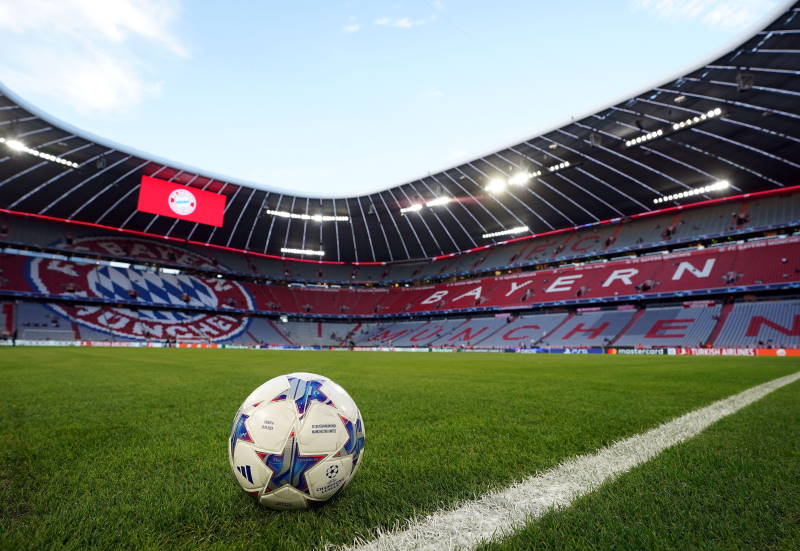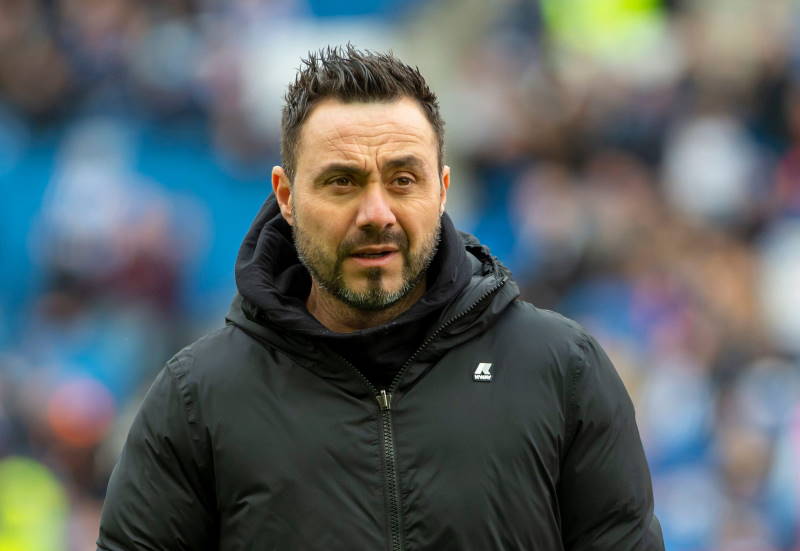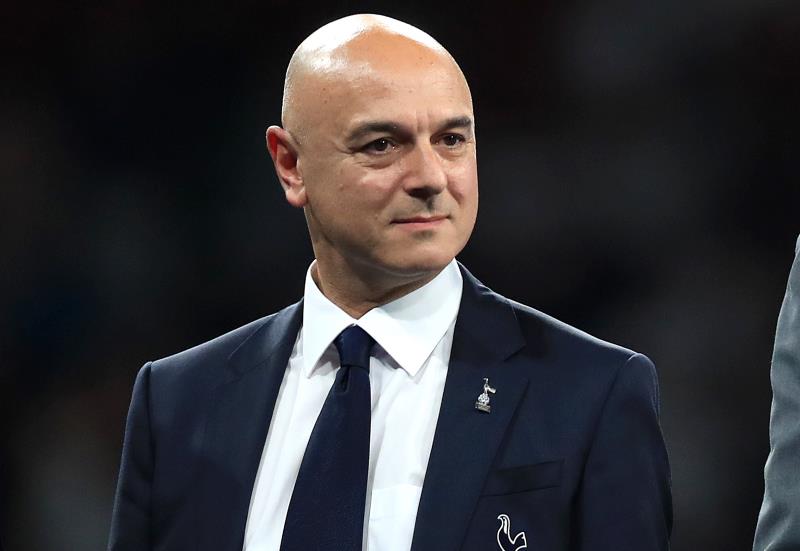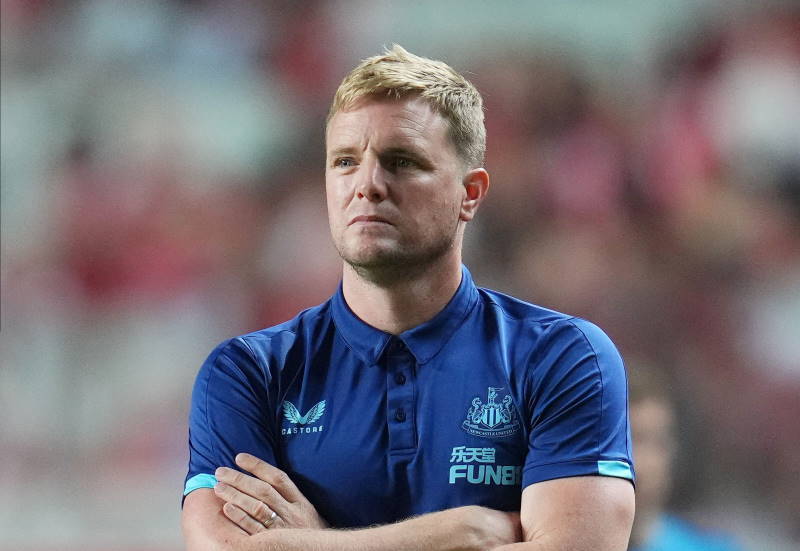
There will not be too many tears shed on Merseyside if, as looks likely now, Tom Hicks and George Gillett sell Liverpool Football Club in the coming months. The pair have taken their share of criticism since buying the club back in early February 2007, from the debt the venture created to the team’s faltering campaign this season.
Then there was the awkward approach to former Germany coach Jurgen Klinsmann that muddied their relationship with Rafael Benitez, the ongoing disagreements over available transfer funds and the frequent fan protests.
But the Americans’ spell as owners has not been all bad, has it?
Lost in the steady stream of negativity directed towards Hicks and Gillett are some genuine positives from the past three years seasons. While they may not have played leading roles in all of these, each could only be achieved with their blessing.
Chief among the positives in Hicks and Gillett’s reign was the signing of Fernando Torres, which was arguably the best piece of business by any club in the past five years. The Spaniard cost Liverpool £20M back in the summer of 2007 and instantly became a fan favourite, scoring goals and carrying an attack that had struggled since Michael Owen’s departure. Looking at today’s transfer market, Torres might well be worth twice, if not three times, the price Liverpool paid.
With Steven Gerrard’s form faltering this season, Torres has arguably edged in front of his captain to become Liverpool’s most indispensable player and that transfer has given the club one of the best strikers on the planet. With the club’s record signing before the Spanish striker being the £14M Djibril Cisse, could previous owner David Moores have generated enough money to fund the move for Torres?
Though Liverpool’s 2009/10 campaign has been hugely disappointing, The Reds moved noticeably closer to Manchester United, Chelsea and Arsenal over the last few years. But for United’s late season composure, Liverpool might have squeezed past Sir Alex Ferguson’s men to lift the Premier League trophy last season and such a feat was well beyond the Anfield side before the Americans arrived on the scene.
It is no secret that Gerrard was close to seeking pastures new as Liverpool struggled to convert enterprising European results into consistent domestic runs. Despite winning the Champions League in 2005, it was proving impossible to crack the top three and Liverpool even endured the pain of finishing behind Everton in 2005 (though the European glory understandably eased the blow).
Hicks and Gillett pushed the Reds back into the title picture by opening their chequebooks and letting Benitez guide them. Initially, this proved fruitful as Torres and Javier Mascherano, in particular, went on to be excellent additions. The Americans continued to provide a transfer kitty, but watched Benitez sign Robbie Keane and Alberto Aquilani for a combined fee of around £40M – moves that would prove far less successful. All the same, Hicks and Gillett’s tenure undeniably bridged the gap between Liverpool and the top three.
The Americans also rightly saw the need to move away from Anfield into a bigger, state of the art stadium that would pull in more lucrative gate receipts. Liverpool’s current stadium holds just over 45,300, which is dwarfed by capacities at Old Trafford and the Emirates, and even though plans were in place to move to Stanley Park, Hicks and Gillett undertook a radical redesign of the project, producing a model much more exciting and acceptable to the Kop faithful. Of course, the credit crunch had other ideas, putting a major dent in the Americans’ ambitions, knocking their plan to increase the club’s revenue stream through a new ground, and the debt incurred by the takeover, rumoured to be around £237M, has taken its toll.
But, again, the progress towards a new stadium can be considered a positive step of the Hicks-Gillett era on Merseyside. As Hicks told the media: “We have doubled player spending, both gross and net, and the new stadium is now fully designed and permitted. With fresh capital from a new owner, the stadium will be operational by August 2014.”
Both Hicks and Gillett also undertook a drive to improve the club’s marketing potential, moving away from a shirt sponsorship deal with Carlsberg which failed to reflect Liverpool’s status as a global brand. The deal which will kick in next season, with Standard Chartered Bank, is worth a massive £80M over four years. This puts Liverpool in the same shirt sponsorship league as Manchester United, something which eluded them under their previous regime. All in all Liverpool’s marketing and sponsorship deals appear more professional than they had previously.
Now the Americans must sit back and wait. With British Airways chairman Martin Broughton installed to supervise the sale of the club, the curtain is set to fall on Hicks and Gillett’s time at Anfield – a spell they claim to enjoyed despite the somewhat turbulent moments they have endured.
While their involvement with Liverpool will not, in all likelihood, be remembered fondly by the club’s supporters, Hicks and Gillett undoubtedly made some positive moves that should be recalled alongside the disappointments. Once the club is sold and the dust settles, the Americans may receive a little more credit for their efforts in time.
Related Articles:
- – Platini to Bring Squad Sanity to Premier League
- – Day I Met Lower League Legend Keith Alexander
- – Top 5 Players in England Outside the Premier League













